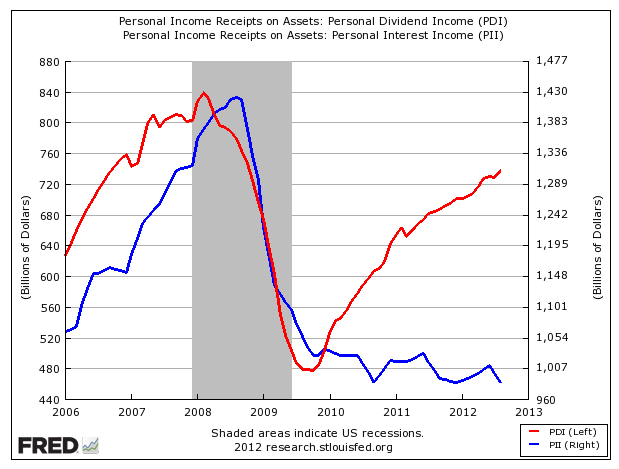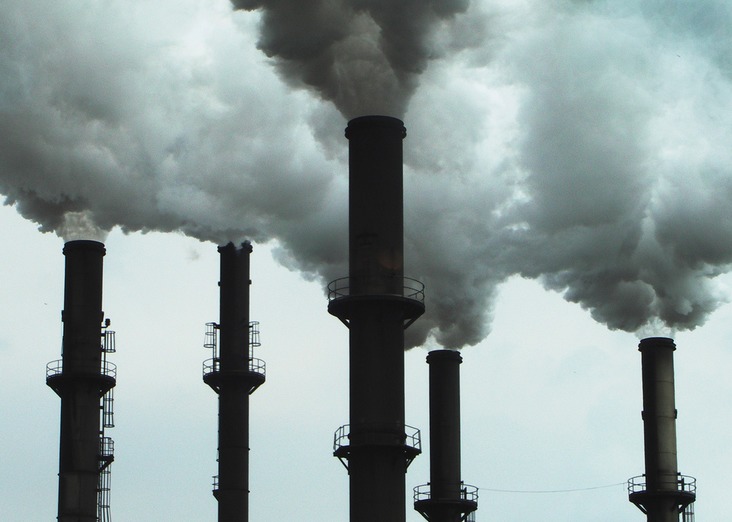The U.S. economy is continuing to expand as we move into the second quarter. Estimates of first quarter growth rates this year vary from 2% to 3%. Sequestration and the payroll tax increase have not dramatically affected the economy.
However, we have only been experiencing the effects of this for a month or two. The macroeconomic effects of sequestration are not catastrophic. However, all the cuts come from the discretionary part of the budget. This will eventually have a larger, short term effect on GDP, in our opinion.
We believe investors should continue to expect volatility in the near term. Daily news stories about the Italian election, currency wars, or the aforementioned tax increase have been replaced by the Cypress banking fiasco. The Federal Reserve is in the beginning of discussions about “How Much Longer.” Europe shows no growth, nor does Japan. However, China is growing again as well as Indonesia, Mexico, and others in the developing world.
Investors have long used China copper purchases to appraise demand for the red metal. China uses about 40% of the world’s copper. Their purchase of copper cathode was the barometer for demand. Cathode purchases have slowed over the last year or so.
We believe this has caused investors to conclude that their economy is not growing. However, China has expanded their smelters. This has allowed them to purchase copper concentrate. With their new capacity, they can refine this into finish electrodes. The demand for concentrate has increased, lessening the demand for finished copper.
Amidst the entire world’s economic travails, the U.S. economy has several areas of potential growth. The U. S. housing market is showing signs of improvement. Gains in housing and in manufacturing supplied the economic growth over the winter.
Home prices increased over 8% in January and U.S. manufacturers were busier in February, as reported by the Commerce Department. Lower energy prices are enabling our manufacturing companies to be more competitive.
Reports show home improvement purchases are expanding about 7%. Demand for durable goods is rising, pointing to further gains in industrial and manufacturing profits. Oil prices posted the largest gain of 2013 recently. Traders were buoyed by the larger than expected gains in durable orders and the aforementioned home price increases.
The demand for these products is showing up in rail shipments. We are seeing a revival in the rail industry unlike we have seen in over fifty years. Rail companies are adding “Hot Trains”, trains specific to one product or client. Unit trains for fast, long haul deliveries for the likes of Amazon are moving across the country. Also, oil from the Bakken, Eagle Ford and other isolated new fields are moving product in rail cars to handle the increase in production until pipe lines can be built.
Last March, the Organization of Economic Co-operation and Development (OECD), issued a report discussing factors that will drive world wide crude oil demand. The group sees significant increases in Brent prices over the next 6 to 7 years based on increased demand. They believe this increase will come from the emerging market economies of India, Indonesia, and China.
The global slowdown over the last year or so has slowed the price increases but we believe there are indications a stronger demand for oil is not too far ahead. Even with the slow down, the International Energy Agency (IEA), announced that the average price for Brent in 2012 was the highest ever.
The IEA predicts world oil demand to increase to about 90.6 million barrels per day in 2013. Other agencies have predicted over 91 million barrels. With the non-OECD nations beginning to approach the unit demand of OECD nations, world oil demand could skyrocket over the next 5 to 10 years.
Natural gas prices have rebounded due to prolonged periods of cold in the Northeast. The amount of gas in storage is now below last year and approaching the five year average. As we approach the five year average, I believe Dry Gas prices will raise to about $4.00 per million BTU’s.
Currently dry gas futures prices are in the $4.15 per million BTU range. This price range is still great for utilities, chemical companies, fertilizer manufacturers and manufacturing in general which use natural gas as a fuel or feedstock. The expansion along the Gulf Coast is proceeding on schedule and expanded capacity of ethylene will start coming online this quarter and continue into 2015. We believe this will add to employment and increase exports reducing our balance of trade deficit.
BSG&L has a long term investment horizon. We still believe industrials, including manufacturing and chemicals, are the place to be. We like chemical companies, fertilizer manufacturers, small to mid cap E&P companies that are increasing reserves and production year over year and manufacturing companies.
Two E&P companies we like are Continental Resources (CLR) and EOG Resources (EOG). They have dramatically increased production year over year. Two smaller companies that have had very large reserve and production increases are Whiting Petroleum (WLL) and Oasis Petroleum (OAS).
In the Master Limited Partner space, we like Enterprise Products (EPD) and Kinder Morgan Partners (KMP). Both of these companies are increasing capital investment to gather, process, store and export our expanding natural gas, and gas liquid production. They are less sensitive to commodity prices, since they transport, store, and process oil and natural gas without taking ownership.
These two MLP companies have nice dividends, in our opinion, and have shown an ability to increase quarterly distributions for the past year. As share prices have pulled back, the stronger mid-stream gas companies are using their abundant cash positions to acquire smaller rivals.
In the chemical industry, we like LyondellBasell (LYB), Huntsman Corporation (HUN) and Westlake Chemicals (WLK). Their profit margins have shown a greater increase due to cheaper natural gas prices than some of the bigger chemical companies.
We feel that heavy equipment manufacturers like Caterpillar (CAT) and Deere & Company (DE) will be good investments over the next few years. We believe Caterpillar has a good chance of growing share price. They have a dominant position in the United States, which is growing, and we are seeing growth in China.
Also their PEG ratio is lower than other manufacturers in the heavy equipment sector. Home builders are showing good signs of growth, in our opinion. We like Toll Brothers (TOL) and DR Horton (DHI).
We still like industrial commodity companies. As the world economy begins to expand again, we believe material producers like Cliffs Natural Resources (CLF), Freeport McMoran Copper & Gold (FCX) and the larger coal companies will once again move up in the investment placement arena. However, we are on hold here until we see better signs of improvement in emerging market countries.
Just to restate, we believe the economy is expanding in spite of the previously mentioned problems. That is why we are emphasizing investments in companies that we believe have good cash flow, good cash distributions and companies that operate in areas where they have a competitive advantage due to much lower energy costs and raw material input costs.
We prefer companies that generate what we believe to be good after tax returns. With interest rates at historic lows, even as dividend taxes go up, the after tax returns are higher than most investment grade debt. We believe there is a growing shift from very low yield bonds into equity.
With a negative real return on Treasury bonds in the last half of 2012, we are seeing a shift to higher yielding equities. The longer central banks keep interest rates low, the larger will be the flow of funds. We believe this should help increase good companies share prices as we go forward.
BSG&L is a long term investor. We believe if you are patient, build cash and buy good companies on pull backs, your portfolio will have the potential for good growth over the long term.
The investments discussed are held in client accounts as of March 31, 2013. These investments may or may not be currently held in client accounts. The reader should not assume that any investments identified were or will be profitable or that any investment recommendations or investment decisions we make in the future will be profitable.



